Grow a straw bale garden
A how-to guide
By Kent Rogers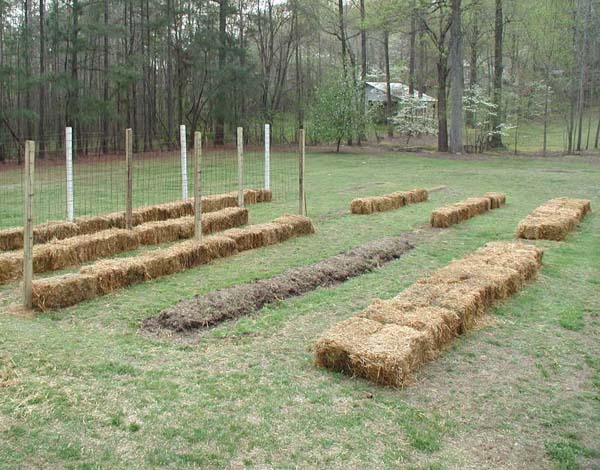
The brown single row is my potato row. I’m using some old straw from my double row of cukes last year.
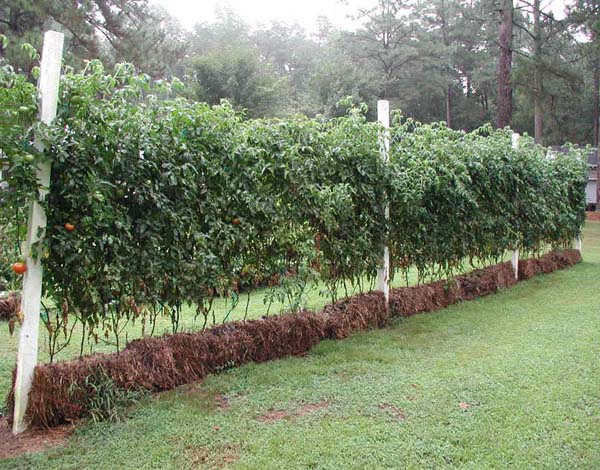
For tomatoes, I use a 4-by-4 post, 10 feet long. Put the post 2 feet in the ground. I used concrete reinforcing wire for my trellis. It’s 5 feet wide and has 6-inch squares so you can pull through from either side. Dog wire, hog wire, etc. will also work.
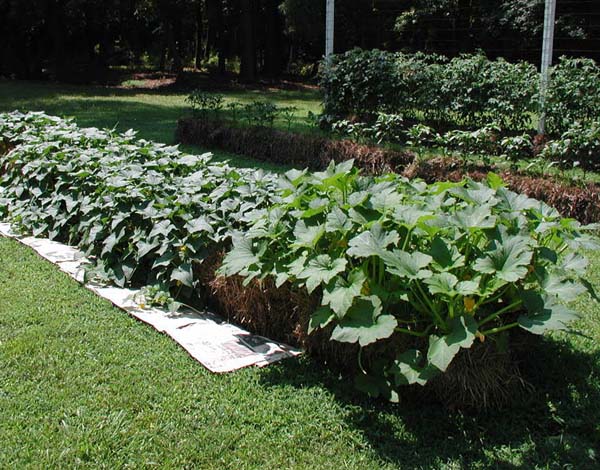
Cukes and squash in a double row gives you a nice little tabletop for the cukes to run on and then they’ll drape over the sides. I put newspaper around the bales for the cukes to run on and to prevent grass from growing up in the vines.
A straw bale garden is especially convenient for people who don't have a large plot of ground to till, or who are physically unable to do a lot of kneeling, bending, raking and hoeing.
I have learned that any type of straw or hay bale will work. Pine straw will not work. Ask a nursery where to get them. Bales that are tightly packed work best. Shop around for bale prices.
Use bales with regular twine if you can, because the twine will rot along with the bale. Synthetic twine does not rot but will be OK.
Arrange your bales in rows so they can help hold each other together. Orienting the bales with strings on the ground works best.
If you make more than one row of bales, put them wide enough apart so your lawnmower can get between them. And because you'll be watering them, place bales where the water will drain away.
You can set your bales out and start preparing them any time. The earlier the better as the bales will soften up more over time and make transplanting easier.
It takes at least 10 days to prepare your bales.
Water the bales thoroughly for the first few days. Keep them moist from here on out.
In warm weather the bales will go through an internal heat process as decomposition starts. Once the inside of the bales don't feel warm to your hands you're ready to transplant.
I recommend some sort of liquid fertilizer. I use liquid Miracle Gro as needed.
You can use seeds if you add some potting mix on top of the bales for germination. I transplant my vegetables directly into the bales.
To transplant your veggies into the bales, use a trowel to help make a crack in the bale for each plant. Place the plant down to its first leaf. I like adding some potting mix to chink the crack around the plant. Close the crack back together.
How many plants per bale?
Try 2 or 3 tomato plants, 3 peppers, 2 sets of squash, up to 4 cucumber sets, and 3 or 4 okra plants per bale.
Be prepared to stake or trellis any plant with a stalk. I recommend using a tall trellis for tomatoes. Tomatoes can easily get 8 feet tall.
I don't recommend corn with this method. They will get too top heavy.
The bales may start to sprout, but that is no problem. I give my bales a "haircut" every so often with a knife.
I don't have nearly the worms, bugs, or other pests as a traditional garden. But you can use pesticides or fungicides as needed.
At season's end you can use the bales for mulch, or bust them up and set new bales on them next year.
For additional info and a lot more photos, please visit my online straw bale gardening thread.
About the Author
Kent Rogers of Wake Forest is a member of Wake Electric, a Touchstone Energy cooperative. You can contact him by mail at 13028 Powell Rd, Wake Forest, NC 27587, and by e-mail at kent.rogers@earthlink.net.-
More straw bale gardening and other unconventional garden ideas
-
Share this story:

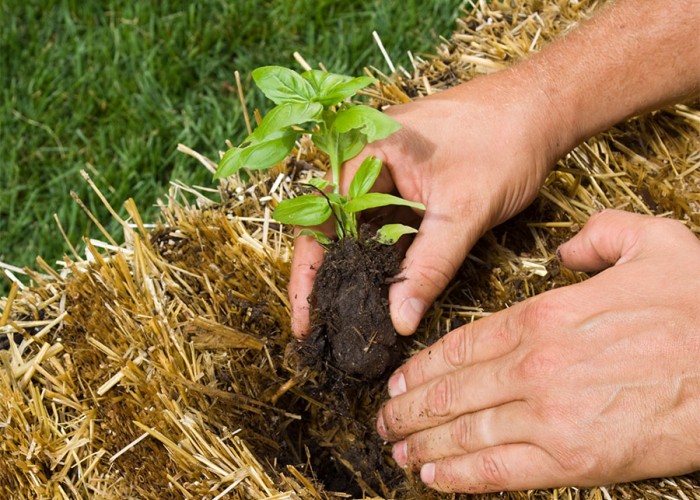

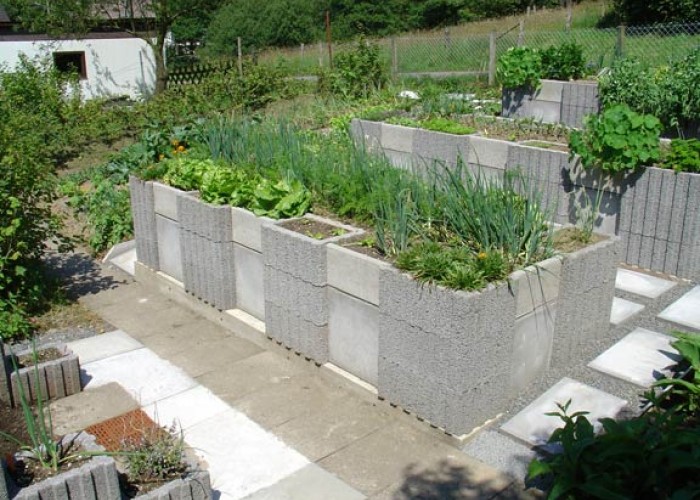


Comments (4)
ania |
February 03, 2015 |
reply
Carolina Country |
February 03, 2015 |
reply
Boscoe |
February 10, 2018 |
reply
Anna |
April 28, 2018 |
reply